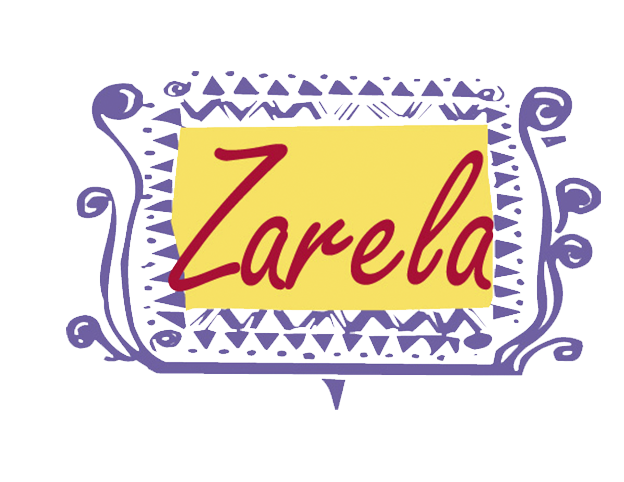La Parroquia Café in the port of Veracruz serves a sensational omelet in turkey broth, pictured above.
As a child, I got shipped off to boarding school at the age of seven or eight because there were no schools — or anything else for that matter — anywhere near our ranch in Chihuahua, Mexico. I hated it. As the beginning of every school year neared, I would start to cry. My father would then take my sisters and me to look for a wild turkey that they would feed in my absence to be ready for Thanksgiving when I would be coming home. It gave me some comfort and something to look forward to. The turkey my family and I had yesterday had the same texture and taste, even though I made it borracho-style.
Someone asked why a turkey is called a turkey in English, when in Mexico, the name is guajolote derived from huey xolotl from the Nahuatl, the language of the Aztecs and Mexicas. The best explanation is that when Spain conquered Mexico in 1519 and started taking products to Europe a few years later, the Ottoman Empire ruled and Turkey controlled the Mediterranean Sea. Spanish ships carried the new and wondrous products to the mouth of the sea and the Turks distributed them from there. So chile became known as “Turkish pepper”, corn as “Turkish wheat” (a name still used in Italy) and the bird became the turkey bird.
By 1549, turkey began to appear on European tables for Christmas. It became a holiday food, and it still is both in the U.S. and in Mexico, where it is usually rubbed with a recado (a spice paste from Yucatán) and roasted or cut in pieces, braised, and served with mole poblano.
In Mexico, leftovers are made into a tinga, or hash, and used to stuff tamales or top tostadas. This is my favorite way to use leftover pork, chicken, and turkey. Why not give my tinga recipe a try next time you want a new way to serve your leftovers?


